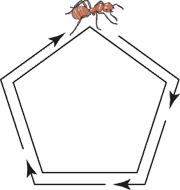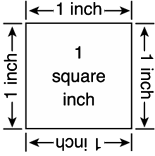Students use string to measure perimeter providing a concrete review of the idea that perimeter is a measurement of length. They then use square-inch tiles to find the perimeter and area of irregular polygons. Students communicate the process they used to solve a problem finding perimeter and area.
Content in this Lesson
- Finding perimeters of irregular polygons [E6].
- Finding areas of irregular polygons [E7].
- Making shapes with given perimeters or areas [E5].
- Communicating strategies and solutions in problem solving [MPE5].
Daily Practice and Problems A–D
Assessment in this Lesson
| Assessment | Expectation Assessed |
|---|---|
|
Investigating Perimeter and Area Check-In: Questions 5–6 Student Guide Page 53 |
|
|
Measuring Area and Perimeter Check-In: Questions 5–8 with Feedback Box Student Activity Book Pages 14–15 |
|
|
Home Practice Part 2 Teacher Guide - digital |
|
















